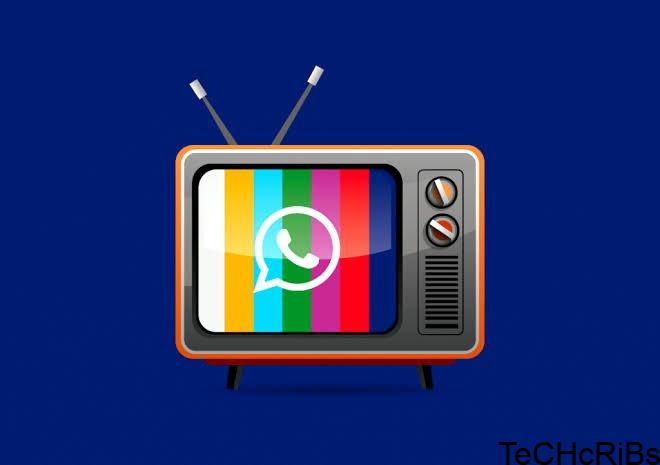Reply deboosting can make it difficult to stay connected with your followers and engage in conversations, but there are steps you can take to get out of it. In this article, we will discuss how to get out of reply deboosting so you can continue to communicate freely on social media.
About Reply Deboosting
Reply deboosting is a tactic used by some online marketing companies to reduce the visibility of online posts. When reply deboosting is used, it reduces the visibility of your posts on social media platforms such as Twitter, Facebook, Instagram, and LinkedIn.
It also reduces the visibility of your website pages in search engine results pages (SERPs) and reduces the open rate of emails you send out.
Reply deboosting works by using algorithms to identify certain posts or pieces of content and then suppressing the visibility of these posts by reducing the number of times they appear in search results or email inboxes.
The goal of this tactic is to make it harder for people to find your content or respond to it in any way. Reply deboosting can be an effective tool for companies to increase their bottom line, but it can also be detrimental if used incorrectly.
The key to successful reply deboosting is understanding how it works and how to properly use it in order to get the most benefit from it. It’s important to analyze your SEO, social media presence, website traffic, and email list to determine how effective your current tactics are.
If you notice any patterns of reduced engagement or fewer clicks, then reply deboosting could be the cause. Understanding how this tactic works and how to properly use it is essential for anyone looking to gain the most from their online presence.
How To Get Out Of Reply Deboosting
Reply deboosting is a phenomenon where people lose their engagement on a post or comment due to their replies being “downvoted” or “deleted” by other users.
It can be a frustrating situation as you put your time and effort into a post or comment, only to find that it isn’t as effective as you thought it would be.
Fortunately, there are steps you can take to avoid getting a reply deboosted.
Check Your Social Media
When reply deboosting happens, it’s often due to your content being marked as “inappropriate” by other users on social media platforms like Twitter, Facebook, and Instagram.
To check if this is the case, look at the comments section of your posts and see if there are any negative reactions to your content. If so, make sure to address these concerns and make changes to your content so that it doesn’t get marked as inappropriate again.
Check Your Website Traffic
Another potential reason why you may be getting replies deboosted is that you’re losing website traffic. Look at your analytics to see if you’ve had any sudden drops in visitors and adjust your content accordingly.
Make sure to create quality content that will appeal to your target audience and keep them coming back for more.
Check Your Email List
Finally, make sure that your email list is up-to-date and relevant. You don’t want to be sending out emails that are no longer relevant or that are not engaging enough for your subscribers.
Take some time to review your email list and ensure that all of the contacts are still interested in hearing from you, these are just a few of the ways that you can get out of reply deboosting.
Keep in mind that this phenomenon is still relatively new, so you may need to experiment with different tactics in order to find what works best for your situation. However, if you follow the advice above, you should have a better chance of avoiding reply deboosting in the future.
FAQ
Why do I have reply Deboosting?
Reply deboosting is a feature that Twitter has implemented to help ensure that users are not seeing the same content too often. This feature works by lowering the visibility of tweets from certain accounts when they reply to your content multiple times.
The reasoning behind this decision is to help prevent spam and bots from taking over conversations on Twitter. It is also important to note that Twitter’s algorithm looks at multiple factors when determining whether or not to apply a reply deboost.
In some cases, the algorithm can make mistakes and lower the visibility of a legitimate account. If this happens to you, there are some steps you can take to fix the issue.
First, check your website traffic and email list. Look for any suspicious or unfamiliar accounts that may be interacting with your content and remove them if necessary. Additionally, take a look at the content you are posting to see if it could be misinterpreted as spam by the algorithm. Make sure that your content adheres to Twitter’s terms of service and community guidelines.
Finally, you may want to reach out to Twitter directly and ask them to review your account and reinstate your account if it was unfairly deboosted. While Twitter may not always respond to these requests, it can’t hurt to try.
Conclusion
Reply deboosting can be a frustrating experience for anyone trying to improve their website traffic and engagement. However, it’s important to remember that deboosting is often a sign of high engagement and a great opportunity to get more out of your content.
If you have been reply deboosted, take the time to review your content and figure out how to make it even better.
Make sure you are following best practices for SEO, monitoring your website traffic, and engaging with your audience. Once you’ve improved your content and increased engagement, you’ll likely be able to get out of reply deboosting quickly.










